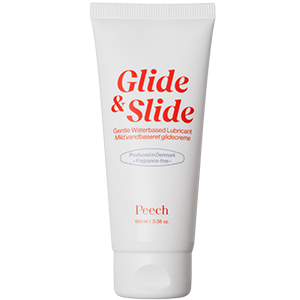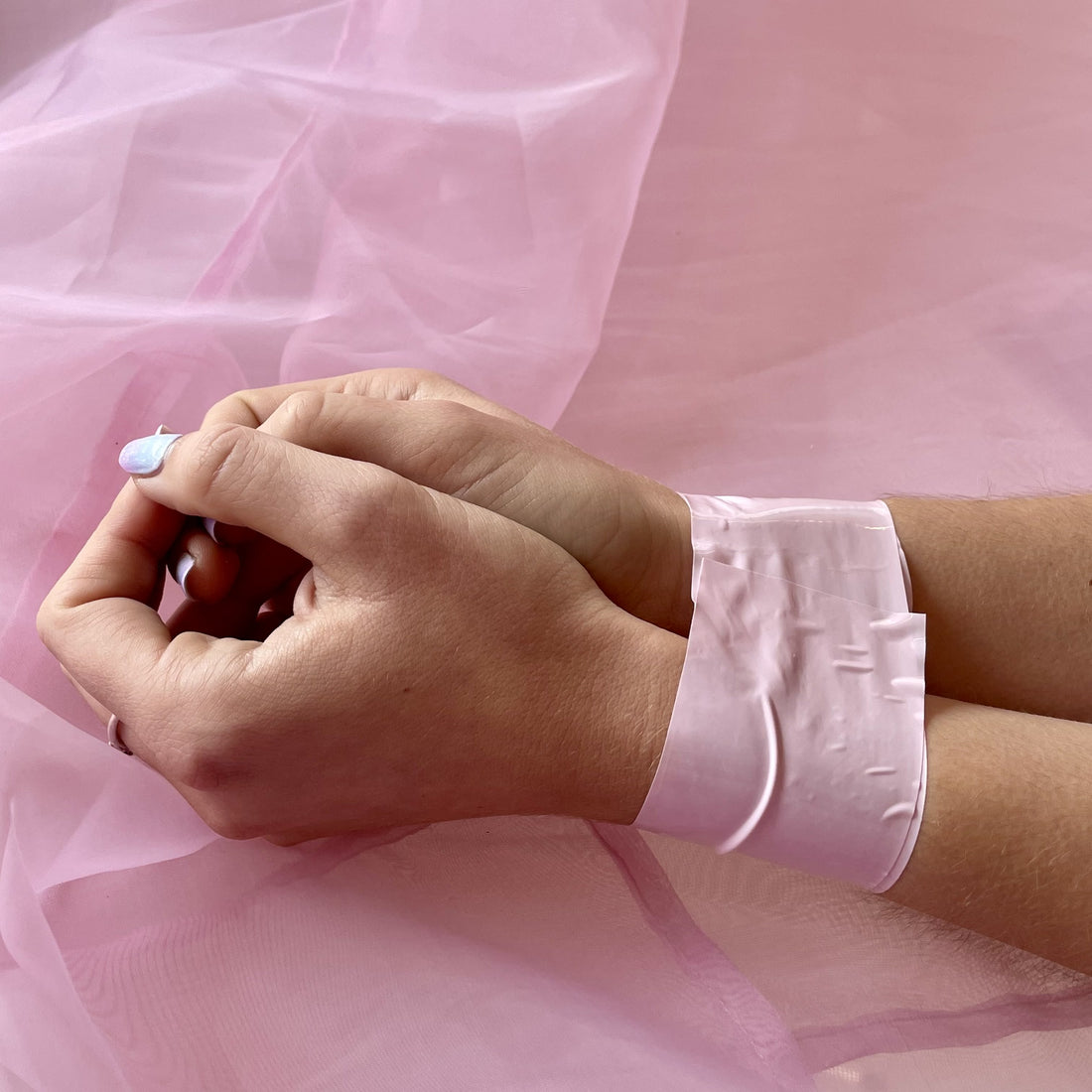How to get started with bondage and shibari
The first letter of BDSM stands for bondage. But what is it and how can you try it yourself? Read this guide and get advice on how to get started
The term bondage covers all forms of bondage games where one (or more) partner(s) allow themselves to be bound. For some, bondage is sexual, while others experience it as a source of relaxation, meditation and mindfulness. One can distinguish between Western bondage and classic Japanese bondage, called shibari. The two forms of bondage differ from each other in several different ways:
Shibari, which means "to bind", originates from a traditional Japanese practice called Hojōjutsu. Hojōjutsu was a method of fixing, transporting and in some cases torturing prisoners of war during the Japanese Edo period (1603-1868). The prisoners were bound in special patterns determined by their crime, and the fixation therefore had an aesthetic and symbolic function. As the practice was slowly phased out in society, it began to pop up in Japanese BDSM circles instead. Here it became known as shibari or kinbaku ("to bind tightly"). This form of bondage is still practiced, and is used by many as an outlet for stress. Therefore, shibari is typically the act itself and not part of some sort of foreplay - but not necessarily.
Western bondage is more about function, rather than symbolism. The purpose is to fixate others, and it's typically used as foreplay, rather than being the primary act. There is not one type of bondage that is more correct than others, and if you want to use bondage as foreplay, there is nothing wrong with that. Bondage and handing over control to others can be an intimate experience that builds trust between you, whether it's foreplay or the entire act.
Boundaries
For a lot of people, BDSM games can seem a bit much. While it can be a healthy exercise to challenge yourself and perhaps push your boundaries a little, you should never ignore them, and especially not for the sake of your partner(s). So before you get started, it's a good idea to consider your boundaries. Are you okay with being completely fixated? Should it only be the hands? Do you need to be able to get out of the fixation quickly? Bondage is a surrender of control to others, and not everyone likes that. Some may also have a strong reaction during the process. Therefore, make sure to set expectations with your partner(s) first, so that everyone is aware of what is allowed and what needs to be done if someone senses that a boundary has been violated.
More complicated forms of bondage, such as shibari, can also be potentially dangerous, especially if you are fixed for a long time. The ropes can limit blood circulation if they are tied too tightly. A rule of thumb when practicing bondage, is that you must be able to put 2 fingers between the rope/tape/etc. and the skin. Also always make sure that you have safety scissors close at hand, so you can quickly cut the ropes.
What should I use?
Classic shibari is practiced with ropes made of natural fibers, such as hemp or jute. This isn't the softest kind of rope, but comfort isn't the primary focus of shibari either - rather, it's the aesthetic and the experience of being tied so tightly. It's not the most obvious for beginners, but you can of course keep your clothes on while you are tied up.
Western bondage, on the other hand, focuses more on comfort, where ropes of nylon or other synthetic fibers are typically used. I can also be completely different tools, such as; neckties, duct tape, clothes, cuffs or handcuffs. However, not all materials are equally great and some can actually cause damage. Neckties and duct tape are among the materials that are typically discouraged, as they can cause burn marks and are also difficult and annoying to remove afterwards (at least duct tape).
If you want to use tape, make sure you choose one specifically for the purpose. Bondage Tape is perfect for bondage as it only sticks to itself, not skin or hair.

You can also try some form of handcuffs. Cuffies from Unbound Babes are shaped like classic handcuffs, but without the locking function. They are made of flexible silicone, which can be easily taken off or put on, and are therefore suitable for beginners.
If you want a slightly stronger fixation, cuffs are an obvious choice. Our leather cuffs can be adjusted to fit most wrists or ankles, and stays firmly in place once tightened. The cuffs also have an O-ring so that the hands can be gathered in front or behind the back.






